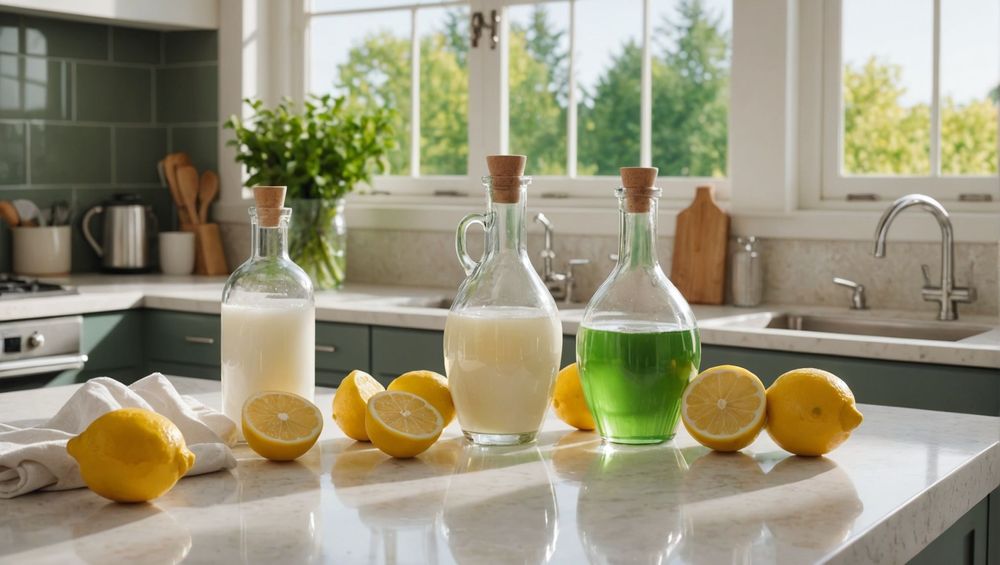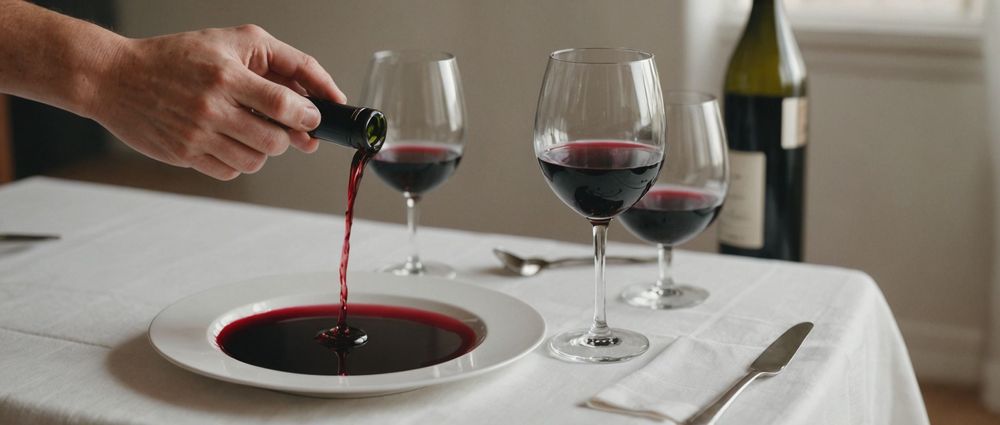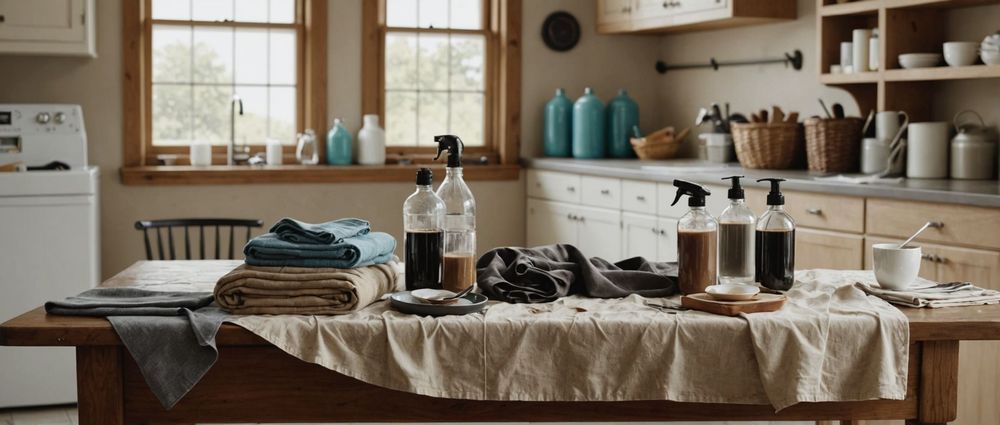Stains can be a vexing nuisance in our daily lives, but understanding how to effectively remove them can make a world of difference. From wine spills on your favorite carpet to ink stains on clothing, each type of stain requires a specific approach for optimal removal. The key is identifying the stain type and employing the right cleaning method immediately, as some stains can set in and become nearly impossible to remove over time. This article provides practical solutions for tackling various stains, ensuring your belongings stay clean and fresh.
Understanding Different Types of Stains

Stains can be categorized into two main types: water-soluble and oil-soluble. Water-soluble stains include everyday spills like coffee, juice, or markers, while oil-soluble stains derive from substances such as grease, makeup, and certain food products. Recognizing the nature of the stain is crucial for choosing the suitable cleaning agent. Here’s a breakdown of common stains:
- Water-Soluble: Coffee, tea, fruit juice, soft drinks, and washable ink.
- Oil-Soluble: Grease, salad dressing, blood, ink (permanent), and cosmetics.
- Protein-Based: Eggs, dairy products, and sweat.
- Tannin Stains: Wine, tea, and some fruits.
Identifying the stain and its category helps determine your approach. For instance, water-based solutions work best on water-soluble stains, while oil-based methods are more effective for greasy substances. Therefore, having a thorough understanding of the different types of stains and their characteristics is essential for successful removal.
Step-by-Step Stain Removal Techniques

Here is a simple yet effective process to tackle different stains, ensuring every situation is handled appropriately:
- Act Quickly: Treat the stain as soon as possible. The quicker you respond, the higher the chances of complete removal.
- Blot, Don’t Rub: Gently blot the stain with a clean cloth or paper towel. Rubbing can make the problem worse by embedding the stain deeper into the fabric.
- Choose Your Cleaner: Use an appropriate stain removal solution based on the stain type. For example, dish soap can remove grease stains, while vinegar is effective against lighter stains.
- Test First: Always test the cleaner on a small, inconspicuous area of the fabric to ensure it doesn’t cause discoloration or damage.
- Rinse and Dry: After successful application, rinse the fabric with cold water and air-dry it to see the results. Avoid using heat until you’re sure the stain is gone, as heat can set the stain.
This methodical approach helps significantly increase the effectiveness of your stain removal efforts. By using the right technique and substances, you can save your favorite items from permanent damage.
Natural Stain Removal Remedies
If you prefer using natural methods, some household items can effectively remove stains without the use of harsh chemicals. Here are some natural stain removal solutions you can try:
- Baking Soda: Excellent for absorbing grease stains; make a paste with water and apply it to the stain before washing.
- White Vinegar: Effective for deodorizing and removing stains caused by coffee, juice, or wine; mix it with water and apply.
- Lemon Juice: Acts as a natural bleaching agent; use it on light-colored fabrics to reduce tough stains.
- Salt: Great for absorbing liquid stains, particularly red wine; sprinkle salt on the stain immediately.
Using these natural remedies not only helps in effectively removing stains but also minimizes exposure to potentially harmful chemicals. These alternatives are especially beneficial for families with kids and pets.
When to Seek Professional Help
While many stains can be removed at home, some require professional intervention to avoid damaging costly items. Here are instances when you should seek help:
- The stain is old and has set into the fabric.
- The item in question is a delicate fabric, such as silk or wool.
- You are unsure about the type of stain and how to treat it.
- The stain is large or covers a substantial area.
- Repeated attempts at home have failed to yield results.
Professional cleaners have specialized tools and knowledge that can resolve tough stains without damaging your items. It’s a smart choice when you are uncertain about how to proceed or when dealing with valuable or delicate pieces.
Conclusion
Getting rid of stains is a challenge that everyone faces, but with the right knowledge and methods, many stains can be treated effectively at home. Understanding the type of stain, using appropriate cleaning techniques, and knowing when to seek professional help will keep your fabrics looking great. Whether using natural remedies or commercial cleaners, acting swiftly is key. Always remember to be gentle and test your cleaning agents first to achieve the best results without risking further damage.
FAQs
1. How do I remove a fresh red wine stain from a white tablecloth?
Blot the stain with a clean cloth, then sprinkle salt on it to absorb the wine. After a few minutes, rinse the area with cold water and wash it with detergent.
2. Can I use bleach on all stains?
No, bleach is only safe for white fabrics. Test it on a small, inconspicuous area first, as it can cause discoloration on colored fabrics.
3. What if the stain doesn’t come out after I’ve treated it?
If the stain persists after several treatments, consider seeking help from a professional cleaner, especially if it’s a delicate or high-value fabric.
4. Are commercial stain removers better than home remedies?
It depends on the stain type. For some stains, home remedies are quite effective, while others may require the stronger formulations found in commercial products.
5. How can I prevent stains from setting in the first place?
Act quickly to treat spills, use stain repellents on fabrics, and regularly wash items prone to staining to prevent build-up. Keeping a stain removal kit handy can also help.
